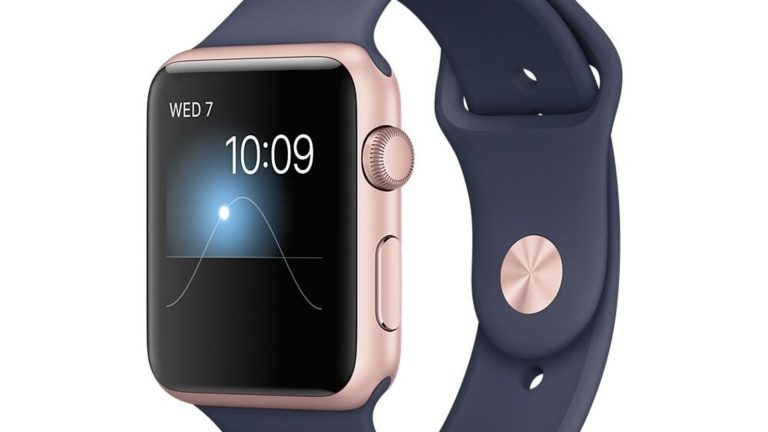Apple might surprise fans with a new technology that blends wearable convenience with advanced visual intelligence. According to a recent Bloomberg report, the tech giant is developing updated versions of the AirPods and Apple Watch that feature built-in cameras, with a potential launch expected around 2027.
The report indicates that Apple is working on a specialised chip, codenamed “Nevis,” for the camera-enabled Apple Watch, along with another chip named “Glennie” for the upgraded AirPods. Both chips are expected to be ready by 2027, raising the possibility of a product release within that year if development proceeds smoothly.
Notably, the introduction of cameras could mark a significant step in Apple’s wearable strategy. While the devices are unlikely to support conventional photography or FaceTime, they are believed to be designed to unlock a range of AI-powered functions. For the Apple Watch, this could include embedding a camera within the screen or placing it near the Digital Crown on the next Apple Watch Ultra. These features could allow the device to interpret surroundings and offer more precise navigation and context-aware insights through a “Visual Intelligence” system.
For the AirPods, infrared cameras may enhance spatial audio performance, especially when used with the Vision Pro and future Apple products. The technology might also enable gesture controls by recognising hand movements, offering a new dimension of interaction. Bloomberg’s Mark Gurman notes that the cameras are expected to collect visual data for on-device AI, supporting Apple’s broader focus on artificial intelligence.
While the purported launch is still a few years away and details remain limited, this move could signal Apple’s aim to evolve its wearables into more intuitive and intelligent companions, integrating visual and audio awareness in everyday use.
In other news, the Cupertino-based tech giant is reportedly advancing in the development of a new chip designed for its upcoming smart glasses. This processor is believed to draw inspiration from the energy-efficient chips found in the Apple Watch, prioritising low power consumption, unlike the more demanding components used in devices such as the iPhone, iPad, and Mac


